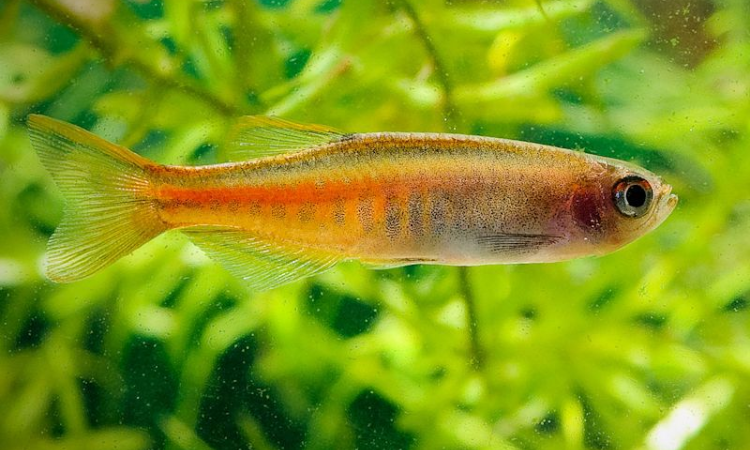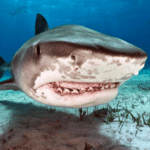Selecting properly suited candidates remains imperative for successfully maintaining unheated freshwater systems year-round. But what fish species genuinely tolerate chillier water as cold-blooded organisms? Evaluating ideal candidates by preferred temperature ranges provides the answer.
Goldfish
Classic goldfish top the list of fares forgoing tropical temperatures comfortably.
Fancy Varieties
Oranda, ryukin, black moor and other elongated fancy goldfish breeds actually prefer perpetually cooler water than short-bodied common goldfish. This facilitates slower metabolism and growth preventing deadly deformities.
Standard 60°F+ Temperatures
While able to overwinter at temperatures dipping slightly below 50°F, optimal goldfish health requires maintaining aquarium levels above 60°F during winter months through ambient room warmth or submersible tank heating equipment as needed in colder climates.
White Cloud Mountain Minnows
These hardy Chinese natives represent classic cold water specimens thriving in unheated setups.
Breeding Requirements
Sexual maturation and spawning behaviors depend upon extended exposure to frigid 50°F water for 2-3 months. This makes unheated tanks perfect for proliferating these prolific egg scatterers.
Overwintering Capabilities
Exceptional cold tolerance allows white clouds to safely withstand temperatures plummeting below 40°F for weeks provided oxygenation gets maintained through thermal convection and surface disruption.
Weather Loaches
Close relatives of dojo loaches, weather loaches originate from Siberia’s extreme climate swings suiting them for variable aquarium environments.
Without Heaters
Rather than necessitating chilled setups specifically, these bottom dwellers instead remain fully content situated in room temperature water floating between 65-75°F year round lacking heaters entirely.
Seasonal Behavioral Changes
Cooling water temperatures nearing 60°F triggers increased activity levels and appetites in weather loaches as metabolic changes prepare for breeding cycles ahead matching seasonal pond transitions in the wild.
Conclusion
While tropical fish captivate with dazzling colors and animated behaviors, they carry strict environmental demands cold-blooded systems struggle upholding without technological interventions like heaters. Yet an assortment of fabulous species evolved tolerating considerable fluctuations allowing them to remain perfectly comfortable housed at room temperature within simpler unheated freshwater aquariums.
FAQs About Coldwater Fish in Unheated Tanks
1. What temperature do coldwater fish need?
Preferred temperature ranges differ significantly among coldwater species. While goldfish require 60-72°F, white clouds thrive even in 40-50°F water. Most simply need stability avoiding rapid shifts exceeding two degrees daily.
2. Can angelfish live in cold water?
Absolutely not. Native to the Amazon basin, angelfish and other cichlids require steady tropical temperatures between 75-82°F to remain healthy. Cold exposure causes illness and death in these sensitive warm water species.
3. Do plecos need heaters?
Common plecos thrive at typical room temperatures from 65-75°F. But tropical ancistrus and hypancistrus plecos demand water between 75-80°F. Know pleco species origins before deciding on supplemental heating needs.
4. What fish can live in ponds year-round?
Goldfish, koi, shubunkins, mosquito fish, bluegills, bass, catfish and minnow species tolerate considerable temperature fluctuations allowing them to remain active and continue feeding within backyard ponds year-round in most climates.
5. Why put cold water fish in pond?
Transitioning cold water goldfish or white clouds from unheated indoor tanks into temperature controlled outdoor ponds better facilitates mimicking natural winter cooling cycles they require to initiate seasonal breeding behaviors unavailable otherwise in climate-controlled home aquariums.




